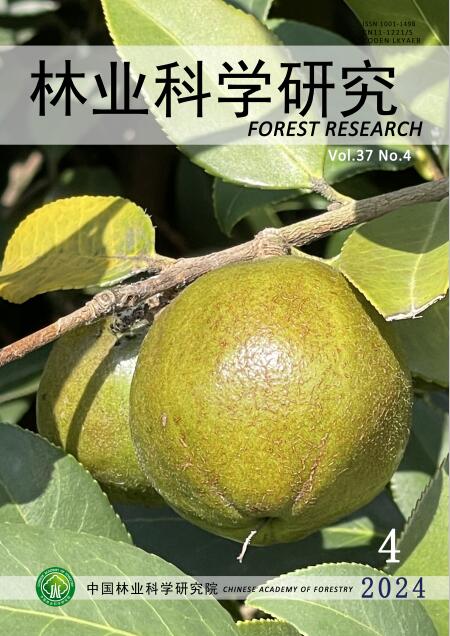Analyzing Populous Seedling Resistance towards Heavy Metal Contamination
Q4 Agricultural and Biological Sciences
引用次数: 0
Abstract
Cadmium is an unnecessary and toxic element for plants which enters the soil through different human activities. Heavy elements such as cadmium produced by urban, industrial and agricultural main activities lead to the contamination of water resources. On the other hand, given the increasing need for afforestation in Iran, it is necessary to conduct a comprehensive research on fast-growing Populous species and the role of these plants in absorbing heavy metals, including cadmium. For this reason, using Populous seedlings in two control and contaminated areas, the accumulation rate of cadmium metal in the air and ground areas was tested. After the data collection, results were calculated using ANOVA test. The cadmium metal accumulation rate in the contaminated areas of the leave, stem and root is 86 mg/kg, 94 mg/kg and 67 mg/kg, respectively and also the amount of cadmium metal in soil in the depths of 0-10 cm and 10-20 cm is 43 mg/kg and 28 mg/kg, respectively. Based on the results obtained from the research, Populous is a species relatively suitable for the accumulation of cadmium in the contaminated soils.苗木对重金属污染的抗性分析
镉是一种对植物来说不必要的有毒元素,它通过人类的各种活动进入土壤。城市、工业和农业主要活动产生的镉等重元素导致水资源受到污染。另一方面,鉴于伊朗对造林的需求日益增加,有必要对快速生长的Populous物种及其在吸收重金属(包括镉)中的作用进行全面研究。为此,在两个对照区和污染区分别使用Populous幼苗,测试了镉在空气和地面的积累速率。收集数据后,采用方差分析(ANOVA)检验计算结果。叶片、茎、根污染区镉积累速率分别为86 mg/kg、94 mg/kg和67 mg/kg,土壤中0 ~ 10 cm和10 ~ 20 cm深度镉含量分别为43 mg/kg和28 mg/kg。从研究结果来看,Populous是一种相对适合镉在污染土壤中积累的物种。
本文章由计算机程序翻译,如有差异,请以英文原文为准。
求助全文
约1分钟内获得全文
求助全文
来源期刊

林业科学研究
Environmental Science-Ecology
CiteScore
0.90
自引率
0.00%
发文量
4834
期刊介绍:
Forestry Research is a comprehensive academic journal of forestry science organized by the Chinese Academy of Forestry. The main task is to reflect the latest research results, academic papers and research reports, scientific and technological developments and information on forestry science mainly organized by the Chinese Academy of Forestry, to promote academic exchanges at home and abroad, to carry out academic discussions, to flourish forestry science, and to better serve China's forestry construction.
The main contents are: forest seeds, seedling afforestation, forest plants, forest genetic breeding, tree physiology and biochemistry, forest insects, resource insects, forest pathology, forest microorganisms, forest birds and animals, forest soil, forest ecology, forest management, forest manager, forestry remote sensing, forestry biotechnology and other new technologies, new methods, and to increase the development strategy of forestry, the trend of development of disciplines, technology policies and strategies, etc., and to increase the forestry development strategy, the trend of development of disciplines, technology policies and strategies. It is suitable for scientists and technicians of forestry and related disciplines, teachers and students of colleges and universities, leaders and managers, and grassroots forestry workers.
 求助内容:
求助内容: 应助结果提醒方式:
应助结果提醒方式:


